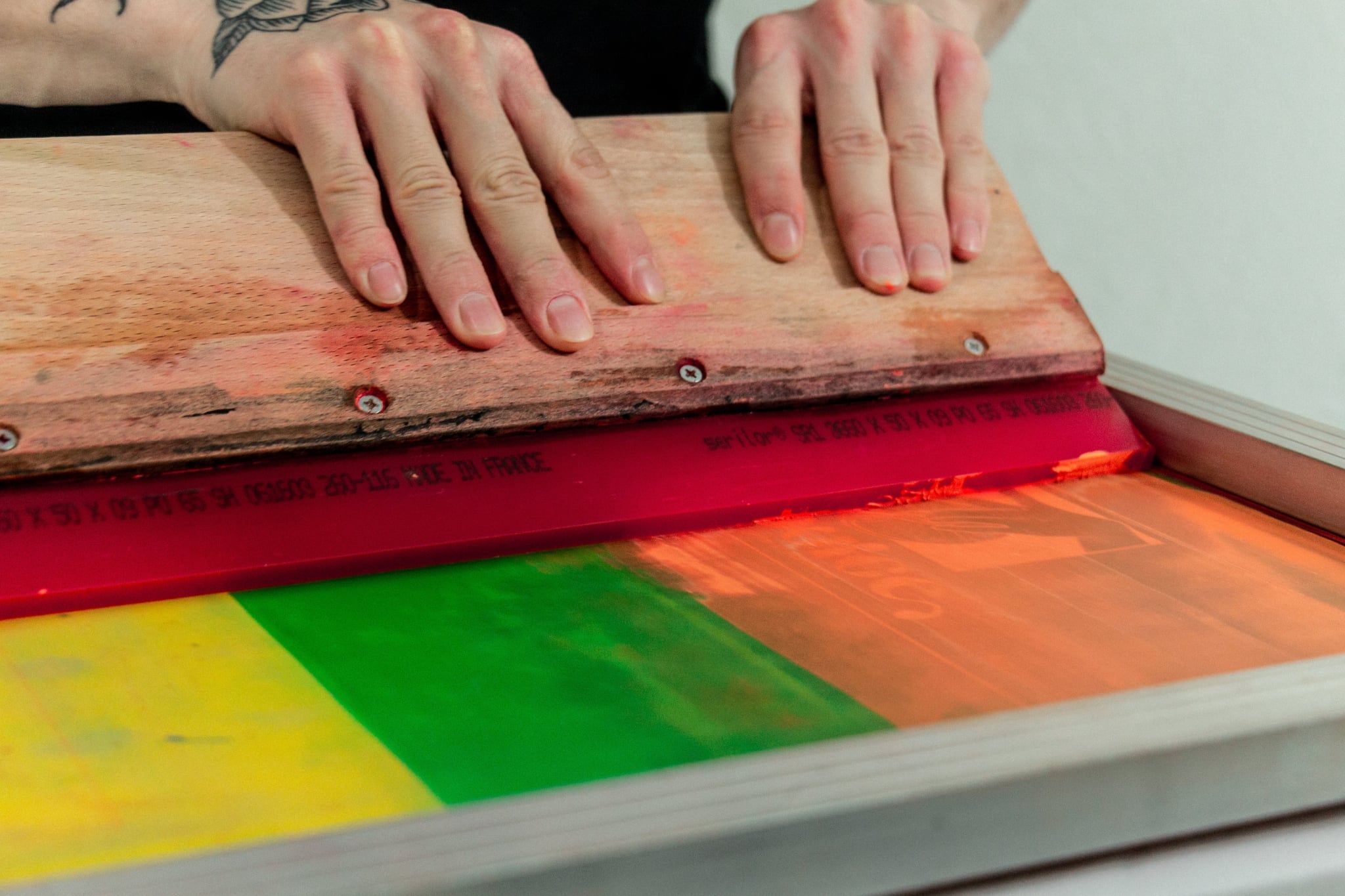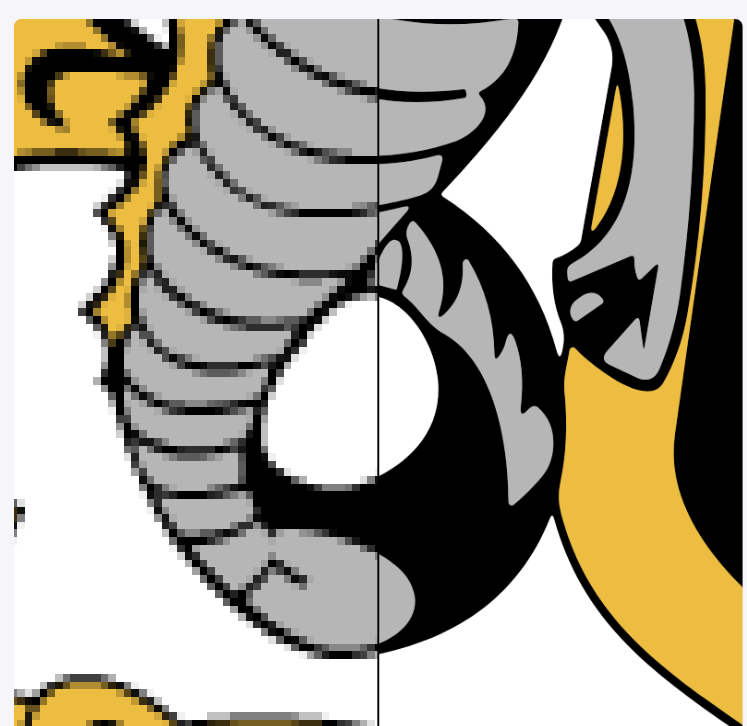🎨 DTF vs DTG vs Screen Printing – What’s Best for Custom Apparel?
When it comes to custom printing on hoodies, tees, polos, and uniforms, the technique you choose matters. At Printofy, we get asked all the time:
"What's the difference between DTF, DTG, and screen printing?"
"Which one lasts longer?"
"Which method is best for my design?"
In this post, we’ll break down these three major print methods so you can decide what’s best for your next custom order.
⚡ Quick Comparison Table
| Feature | DTF (Direct to Film) | DTG (Direct to Garment) | Screen Printing |
|---|---|---|---|
| Best For | Any garment type & material | 100% cotton garments | Bulk orders, simple designs |
| Colour Range | Unlimited (Full colour) | Unlimited (Full colour) | Limited (spot colours only) |
| Minimum Quantity | 1 unit | 1 unit | 20+ recommended |
| Durability | High (wash resistant) | Moderate | Very high |
| Detail Reproduction | Excellent | Excellent | Good (for bold designs) |
| Setup Time | Low | Low | High |
| Cost Effectiveness | Great for small runs | Good for small runs | Best for high-volume runs |
🟣 What is DTF Printing?
DTF (Direct to Film) is one of the newest and most versatile custom print methods. Your design is printed onto a special film, then heat-transferred onto the garment using a commercial press.
✅ Best For:
-
Full-colour logos and artworks
-
Polyester, cotton, fleece, and blends
-
Small or large orders
-
Quick turnarounds
⭐ Key Benefits:
-
No cracking or fading
-
Vibrant, sharp detail
-
Great on dark or light fabrics
-
Works on hats, bags, hoodies, tees, etc.
Printofy uses advanced DTF technology for top-quality, full-colour prints on all kinds of workwear and custom apparel.
🔵 What is DTG Printing?
DTG (Direct to Garment) is like an inkjet printer — but for t-shirts. It prints your design directly onto the fabric.
✅ Best For:
-
100% cotton garments
-
Complex designs or gradients
-
On-demand printing (1–5 pieces)
⚠️ Limitations:
-
Works best on light-coloured cotton
-
Not as durable as DTF or screen printing
-
Can look faded over time
We sometimes use DTG for ultra-soft tees or vintage-style prints — but for most jobs, DTF is more reliable and vibrant.
🔴 What is Screen Printing?
Screen printing is the traditional method where ink is pushed through a stencil (screen) onto the garment.
✅ Best For:
-
Bulk orders (20+)
-
Bold logos or text with 1–3 colours
-
Uniforms, events, or giveaways
⭐ Key Benefits:
-
Very durable if done correctly
-
Best cost per unit in high volume
⚠️ Limitations:
-
Not ideal for detailed artwork or colour gradients
-
Setup costs apply for each colour
-
Slow for small orders
At Printofy, we usually recommend screen printing only for larger orders with solid logos.
💡 Which Print Method Should You Choose?
| Your Situation | Recommended Method |
|---|---|
| Ordering 5–50 mixed garments | ✅ DTF Printing |
| Need vibrant colours on black tees | ✅ DTF Printing |
| Soft cotton tee with pastel design | ✅ DTG Printing |
| 100+ polos with 1-colour logo | ✅ Screen Printing |
| Need embroidery, not print | 👉 Go Embroidery |
🛍️ Why Printofy Recommends DTF for Most Orders
At Printofy, we specialise in DTF because it delivers:
-
Better durability than DTG
-
More detail than screen printing
-
Faster turnarounds and no setup charges
-
Consistent results across tees, hoodies, hats, and more
We’ll always choose the best method for your specific garment, design, and order size — and you’ll always get a proof before production.
📞 Need Help Deciding?
Just upload your logo and place an order — our team will guide you.
Or send your artwork to orders@printofy.com.au and we’ll recommend the best print option for you.
✍️ Final Thoughts
There’s no “one size fits all” in printing. But if you want vibrant, long-lasting prints, quick turnarounds, and affordable pricing, DTF is the Printofy-approved winner for most custom workwear jobs.











